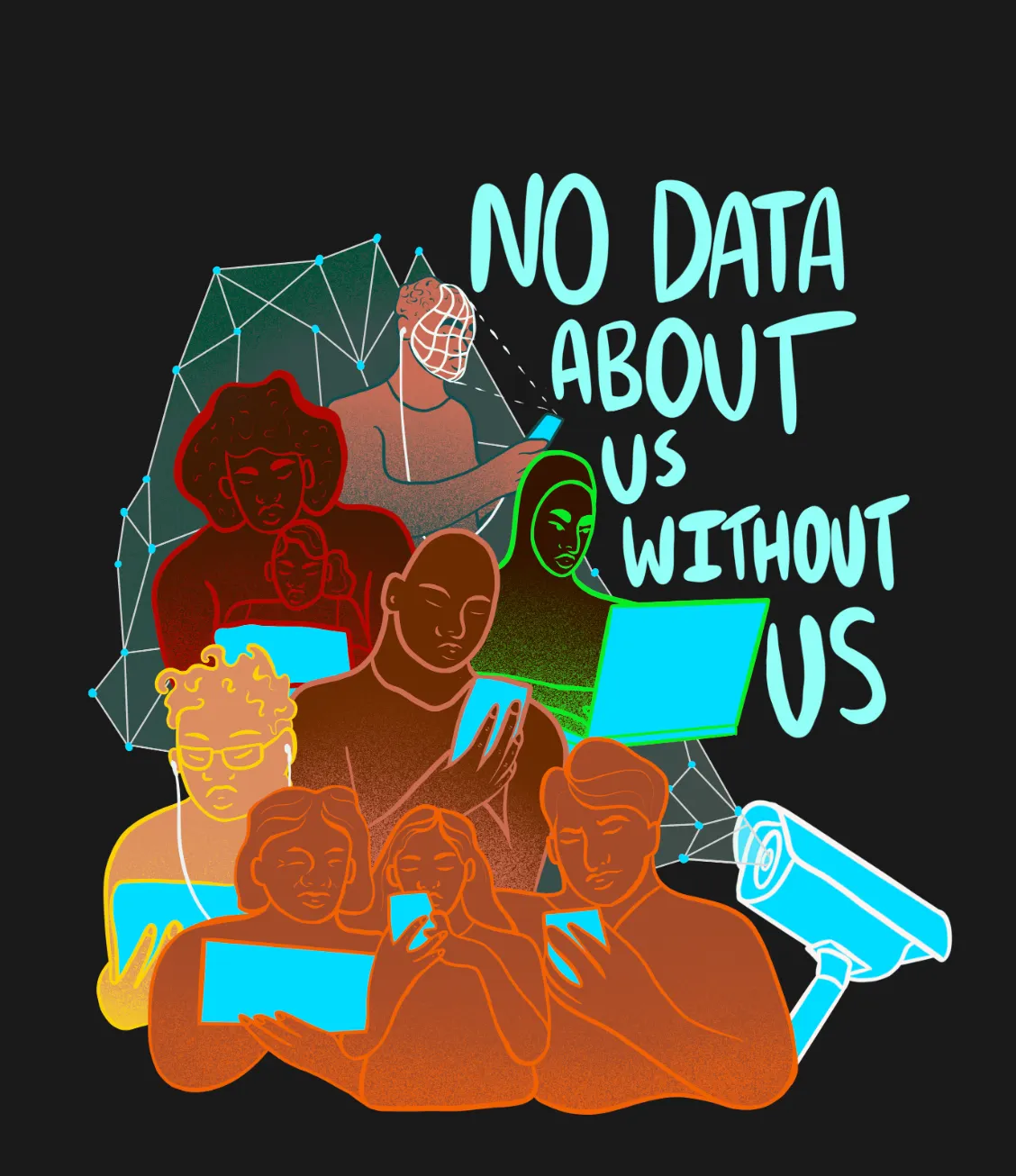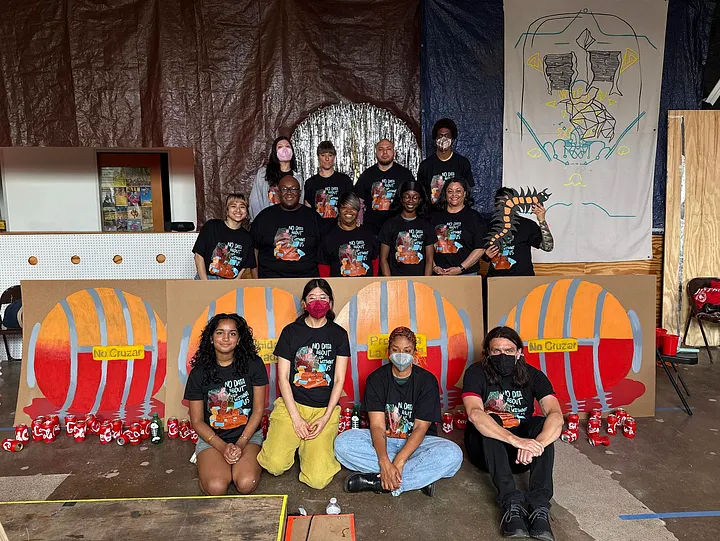Houston
Houston, Texas, a diverse metropolis of 2.3 million residents, grapples with its surveillance infrastructure's historical ties to racial oppression as it navigates the expansion of security technologies, prompting calls for inclusive policy dialogues balancing safety and civil liberties. In our Edgelands Houston project, we aim to address this challenge.
.jpg)
Photo: Carl Hunley Jr for UNPLASH
Surveillance and Security in Houston
Houston is the largest city in Texas and the fourth-largest city in the United States, with a population of around 2.3 million residents. It is also one of the most diverse metropolitan areas in the country (approximately 44% Latinx, 25% Black, 24% White, 7% Asian). The city has invested significantly in security cameras and surveillance technologies, which officials say are essential for deterring crime and assisting in investigations. However, surveillance in Houston has a troubling historical legacy dating back to slavery and plantation surveillance regimes, when Black Americans’ movements and behavior were closely monitored by landowners and the state. After the Civil War, these practices evolved into the black codes and convict labor leasing, which functioned as a systemic form of racialized watching, monitoring and social control (as explored in Simone Browne’s Dark Matters: On the Surveillance of Blackness). This history casts a long shadow, informing modern-day concerns in Black and Latinx communities about discriminatory over-policing and violation of civil liberties through surveillance.
Looking ahead, Houston officials will likely continue expanding security infrastructure, as surveillance technologies like facial recognition and predictive policing algorithms become more prevalent. This will bring complex governance challenges as laws struggle to keep pace with rapid technological change. Robust public dialogues are needed to shape appropriate policies that make all citizens feel safe, while rigorously upholding privacy, preventing discriminatory surveillance, and breaking from oppressive historical practices or racialized watching.
Surveillance and Security in U.S. Schools
In recent years, U.S. school authorities have invested heavily in surveillance technologies like student activity monitoring software, AI-powered cameras, and environmental sensors (e.g., vape detectors and "aggression" analyzers). The companies selling these tools claim they will help officials identify and prevent threats to student safety. However, there is little evidence demonstrating that such surveillance methods are actually effective in enhancing safety on school campuses. At the same time, public anxiety is intensifying around the potential for these monitoring practices to disproportionately target and punish vulnerable and marginalized student populations. For example, schools have begun to install “vape detectors” in order to identify and punish students who are caught with vapes on campus. Critics have warned that such interventions push kids out of school and lead to the criminalization of students, particularly those from marginalized communities. Such trends exacerbate long standing racial justice issues, such as the school-to-prison pipeline.
The lack of transparency surrounding these systems makes it increasingly difficult to discern the circumstances and contexts in which students are being monitored, as well as how such surveillance perpetuates biases about which students are perceived as threats and which students deserve protection in the classroom. There are very few opportunities for students and parents to grapple with the implications of such policies or to engage in meaningful conversations regarding the ways that expanded digital surveillance is changing the social contract within and beyond school walls. Edgelands aims to address this challenge, by creating opportunities for communities to engage on these important topics.
School Surveillance and Security in Houston, TX
According to official reports, no state has more contracts with digital surveillance companies than Texas. In the wake of high profile school shootings such as Santa Fe and Uvalde, Texas legislators have drafted a number of bills which increase funding for law enforcement and “school hardening” efforts. As a result, the landscape of school security is changing rapidly in Texas, in ways that have ripple effects across the entire country.
The Houston Metropolitan Area is home to some of the most diverse school districts in the country. It’s also a place where millions of dollars are being funneled toward school security measures that rely on digitized student surveillance. In our Edgelands Houston project, we will convene key stakeholders such as students, parents, and school administrators in order to have conversations about the role of technology in keeping kids safe.
Research interests
1. Transparency and Community Governance
It’s estimated that one-third of U.S. public schools have adopted some surveillance technology. Yet, most schools have no community oversight regarding what data are collected about students or how they are used. Parents and educators report feeling a sense of inevitability with regard to expanded student surveillance. This project represents a unique opportunity for communities and school officials to come together to challenge feelings of inevitability, by interrogating and re-imagining the role of technology in school security.
2. Racial Equity
Research shows that Black and Latinx kids are disproportionately exposed to the risks of heightened surveillance in school. For example, Black youth are four times more likely to attend a high-surveillance school than a low-surveillance one, which increases their likelihood of being suspended and decreases their likelihood of attending college. Numerous studies have documented the extent to which Black and Latinx students are disciplined for infractions that are both less serious and more discretionary than their white counterparts. (Addington, 2019; Kupchik, 2016a; Skiba et al., 2002). Scholars have argued that expanded use of school surveillance is likely to amplify these trends. In this project, we’ll unpack the ways that digital technologies shape the educational experiences of young people, with a particular focus on historically marginalized and vulnerable youth.
3. Surveillance Amid a Public Health Crisis
According to a recent survey by the FDA, vaping among preteens and teenagers has become a public health crisis in the United States. In response, school officials have begun to install specialized sensors that detect when a person is vaping on campus. While these sensors are often marketed as a non-intrusive means of addressing an important public health issue, some people are concerned that such technology will fuel punitive policies that push kids out of school, rather than addressing underlying factors that drive their substance use. This is particularly true in Texas, where lawmakers recently passed a bill which requires public schools to remove any student from class who is caught with an e-cigarette and send them to a separate disciplinary center for students in serious trouble. In our Houston project, we’ll explore the ways that such sensors are shaping the conversation regarding youth substance abuse and addiction response.
4. Exacerbating the Digital Divide
A growing number of schools use web filters to block access to web content, based on key words and a list of forbidden sites. The hope is that such tools will protect children from inappropriate web content. However, advocates have expressed concern that such filters will exacerbate inequalities in the classroom, as students who rely exclusively on school-issued devices will have fewer opportunities to engage with the internet, develop their digital literacy skills, and access legitimate research than their more privileged peers. In this project, we’ll explore ways that such technologies exacerbate the digital divide in the classroom and intersect with ongoing debates about the role of censorship in the classroom.


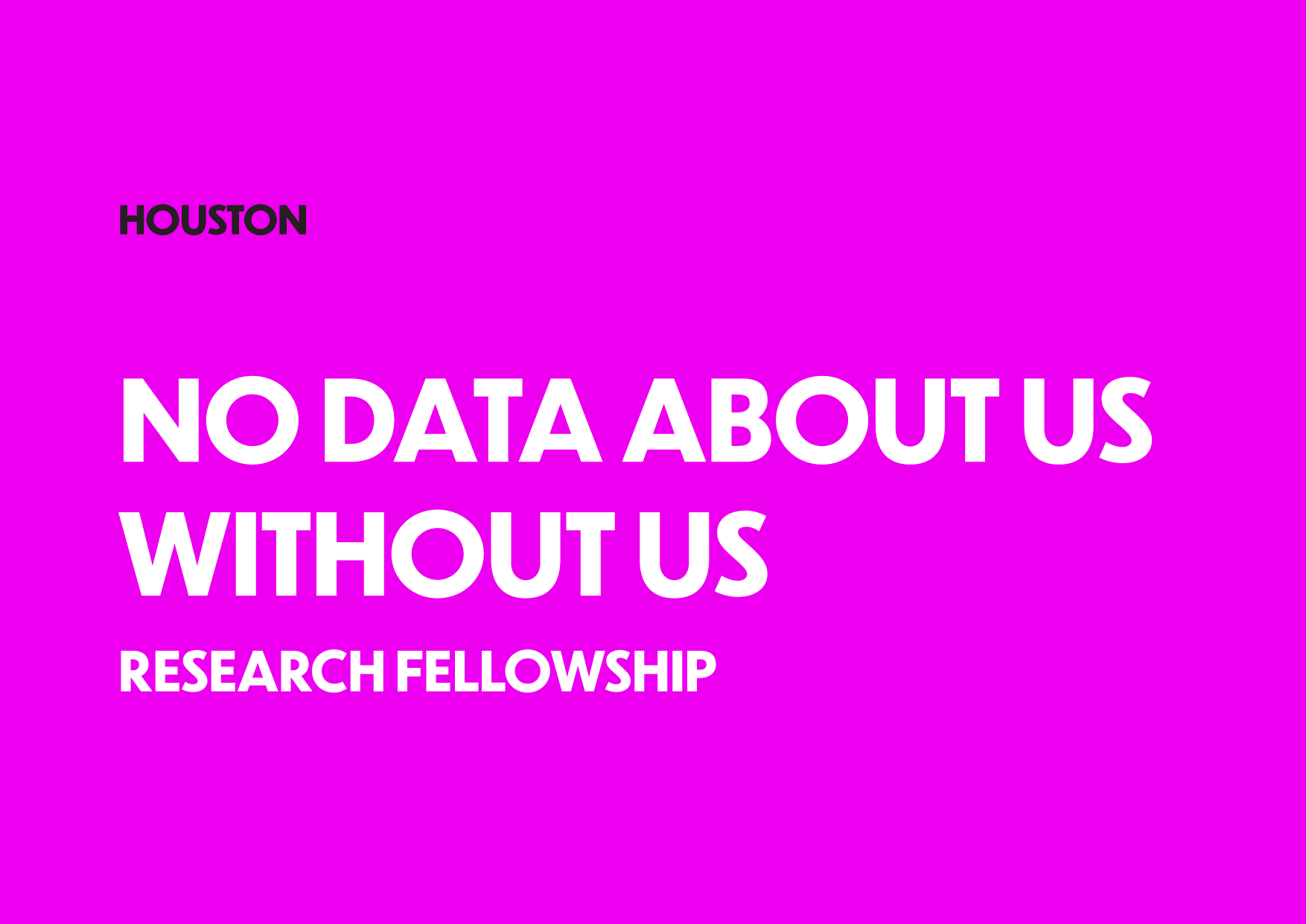

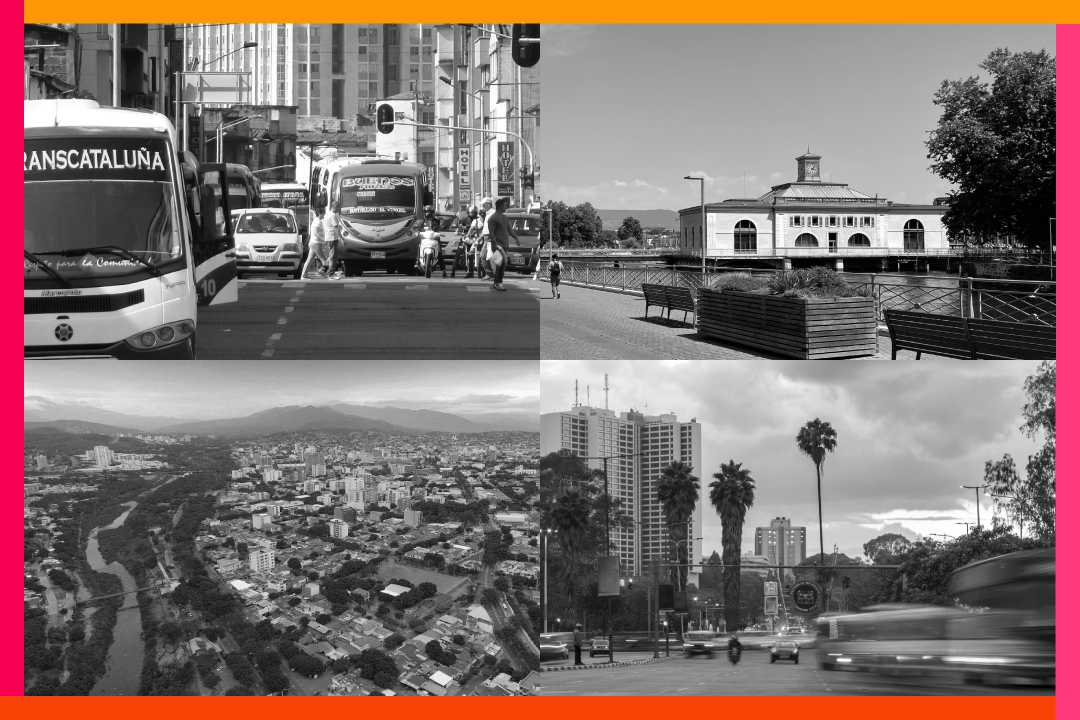

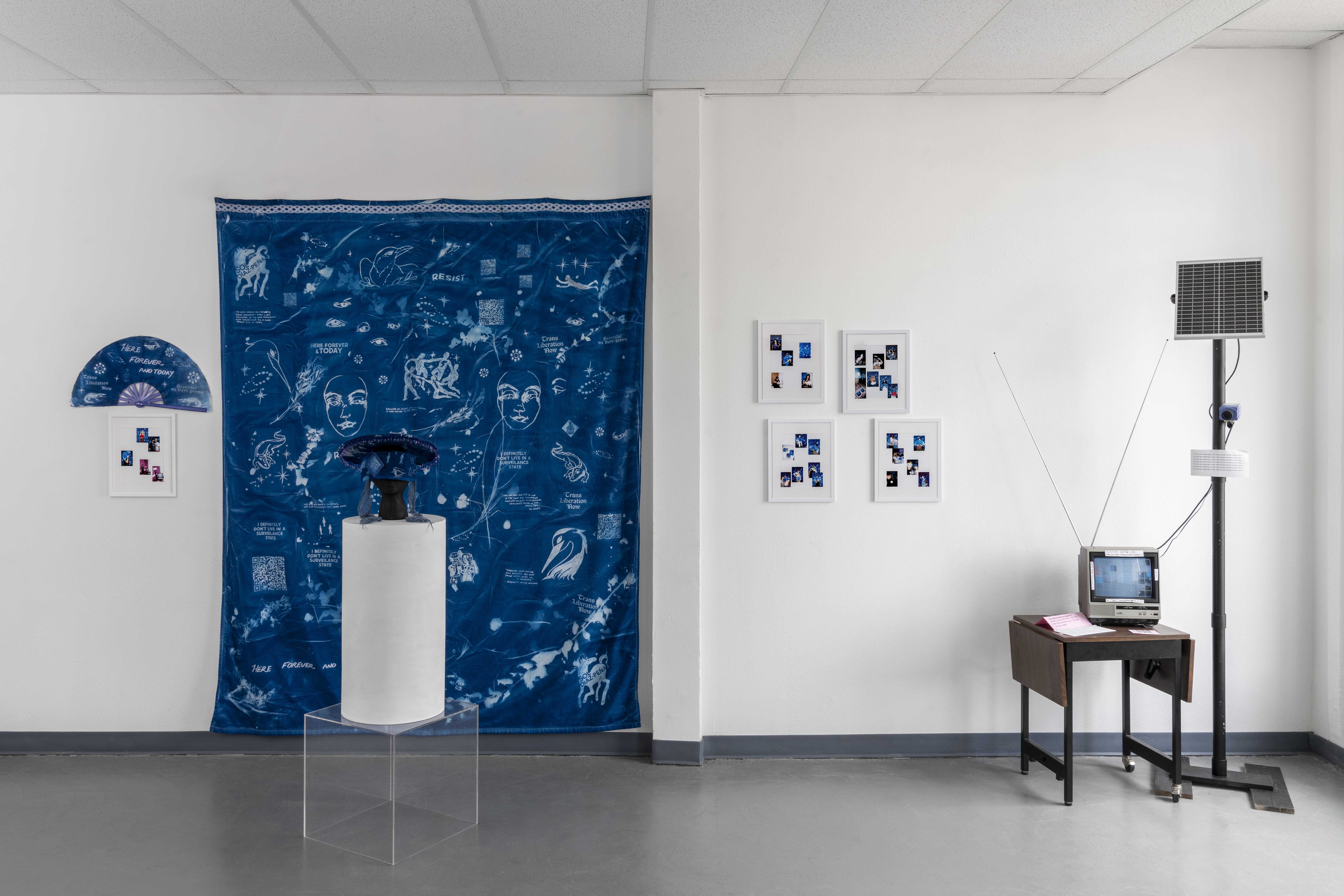


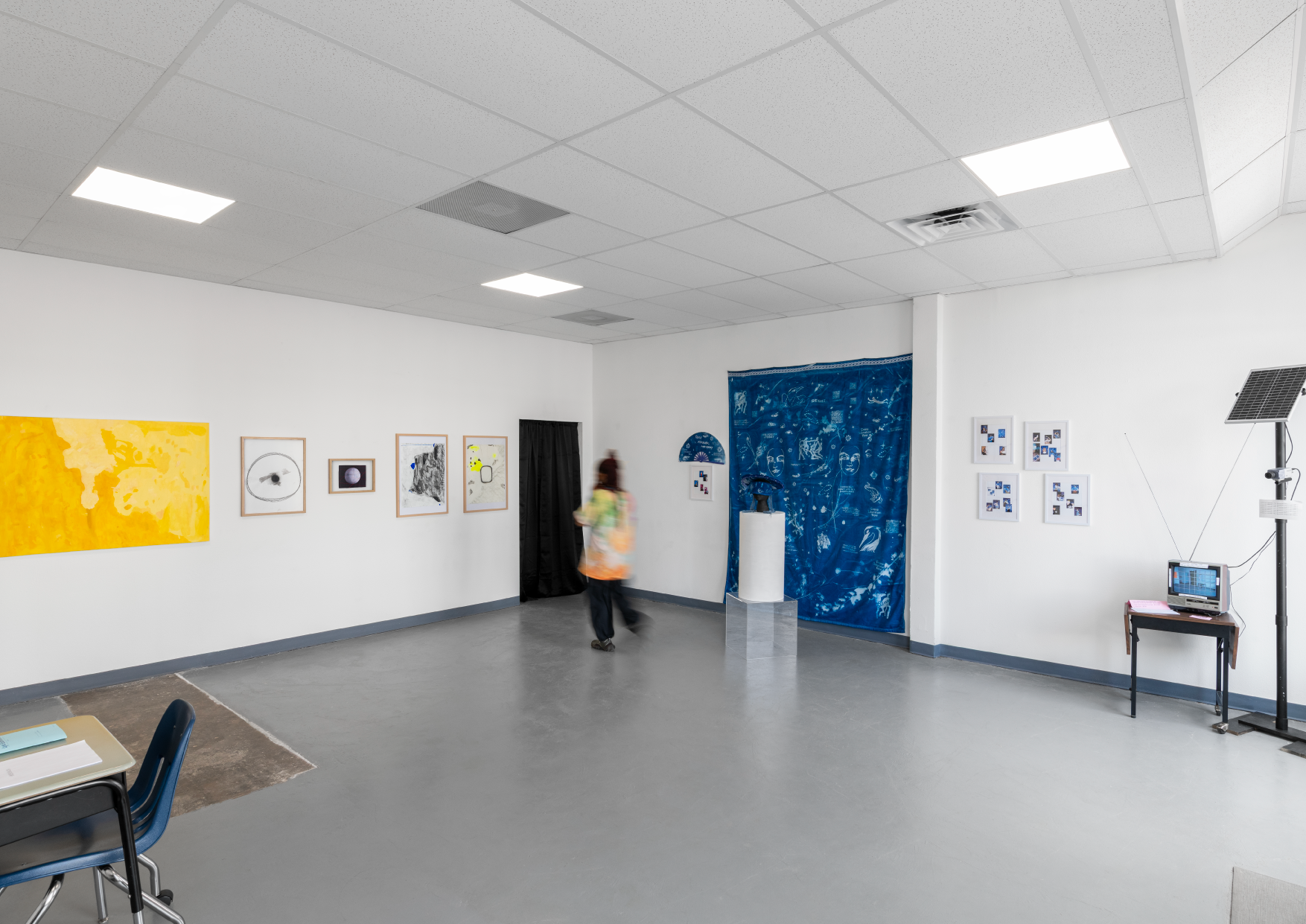
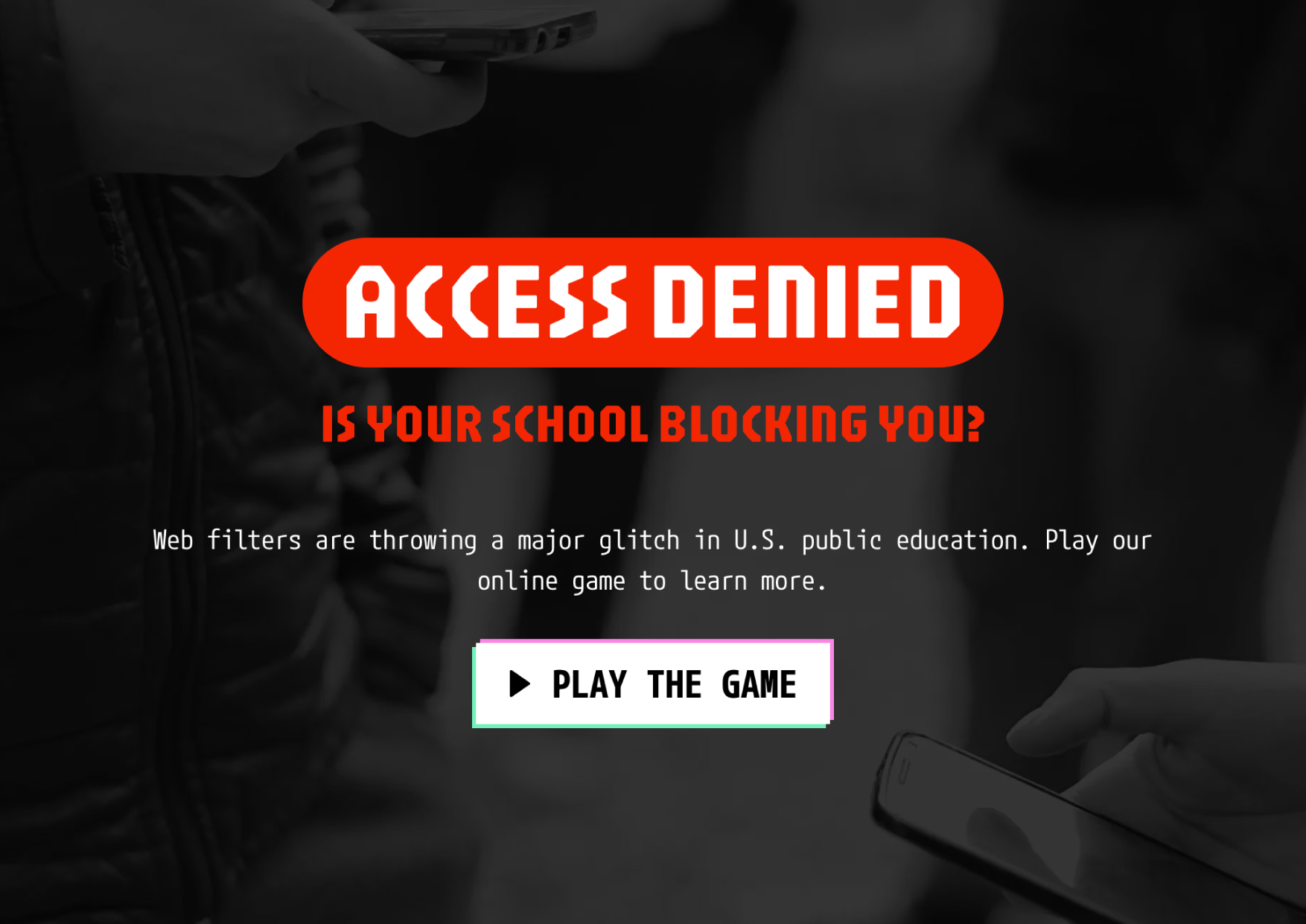
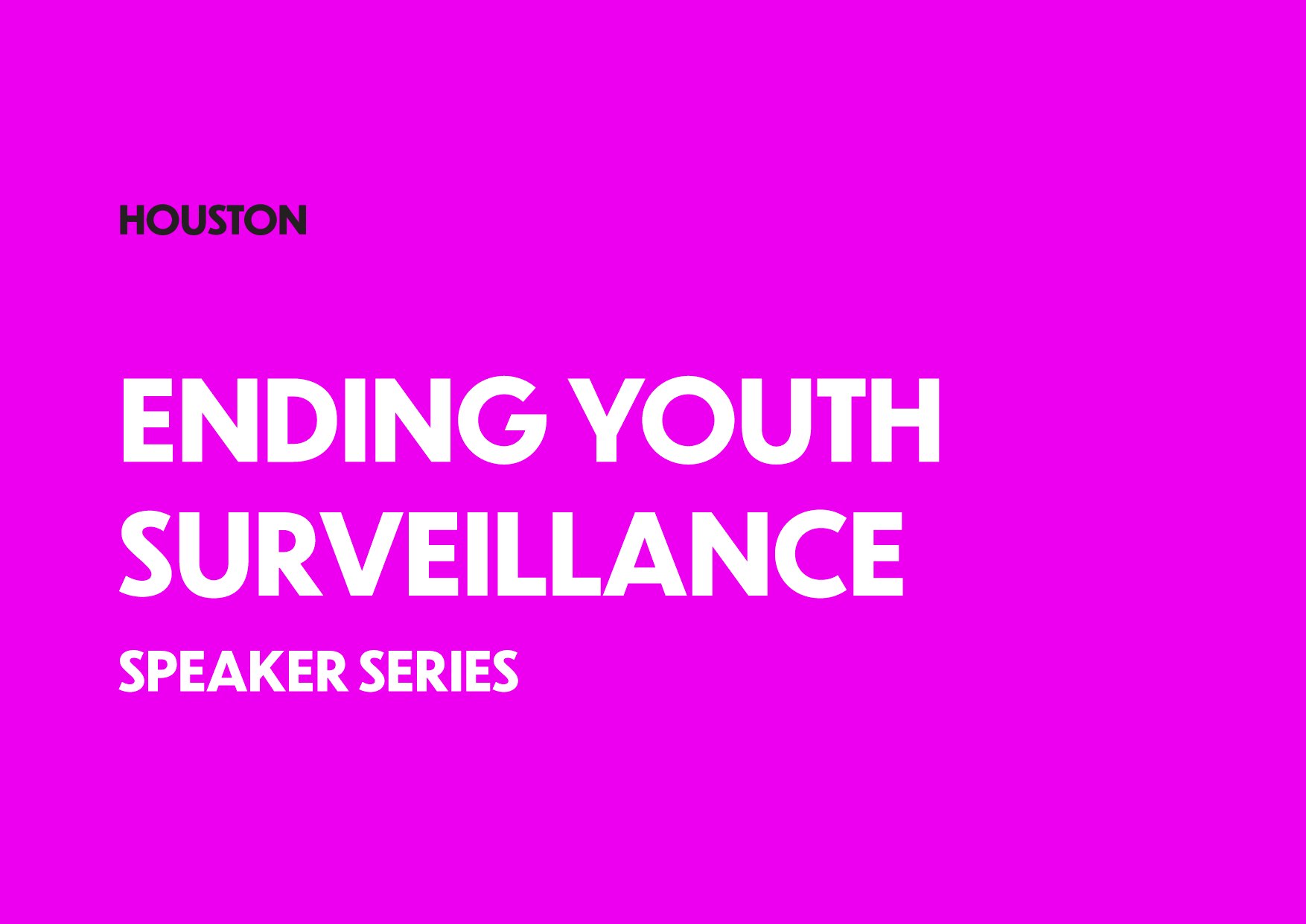










.jpg)
